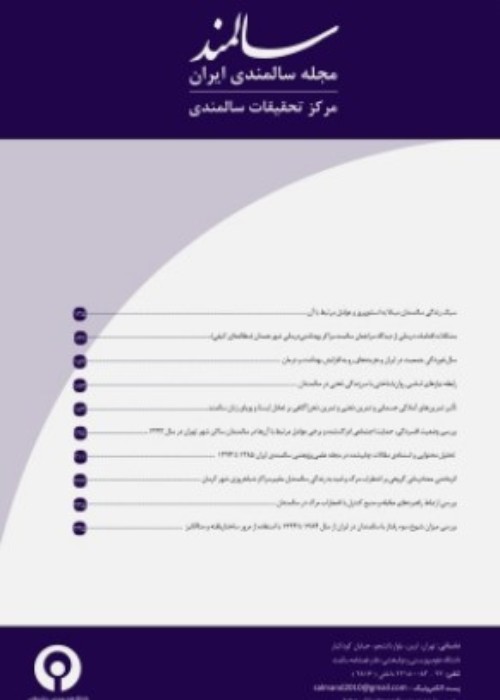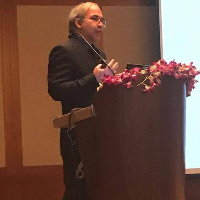Validity and Reliability of the Persian Version of the World Health Organization Quality of Life Questionnaire – the Older Adults Edition
This study was performed to investigate the validity and reliability of the Persian version of the World Health Organization Quality of Life Questionnaire – Older Adults Edition (WHOQOL-OLD).
The statistical sample consisted of 300 elderly (150 males and 150 females) with an age range of 60-80 years old who were selected in Tehran City. The tools used included the WHOQOL-OLD with 24 questions and 6 components. The IQOLA translation model was used to translate the quality of life in Iranian elderly. To determine the validity, the face, content, concurrent, and structural validity were used. To determine the reliability, the temporal stability and internal consistency methods were used.
The results showed that more than 85% of the questions had optimal translation quality, thus the face validity of the Persian version WHOQOL-OLD was obtained. Results showed that the content validity ratio (CVR) for all questions was obtained between 0.7-1 and the content validity index (CVI) was 0.85. Results of Pearson correlation coefficient test showed that the correlation between the total score of WHOQOL-OLD and GHQ-28 questionnaires was 0.53 (P<0.05). Therefore, this results showed that the concurrent validity of WHOQOL-OLD questionnaire. The construct validity results showed that the WHOQOL-OLD questionnaire had acceptable fit indexes (such as CFI=0.924, GFI=0.901, AGFI=0.953, RMSEA=0.048). Finally, results showed that the test-retest interclass correlation test indicate that the temporal stability is acceptable (0.78-0.89). Furthermore, the results of Cronbach’s alpha coefficient showed that the internal consistency of each component was acceptable (α>0.75).
Results indicated that the Persian version of the WHOQOL-OLD is valid and reliable, and especially can be used to assess the quality of life among Iranian elderly people.
- حق عضویت دریافتی صرف حمایت از نشریات عضو و نگهداری، تکمیل و توسعه مگیران میشود.
- پرداخت حق اشتراک و دانلود مقالات اجازه بازنشر آن در سایر رسانههای چاپی و دیجیتال را به کاربر نمیدهد.




